Strength Training During Pregnancy: What Science Really Says About Heavy Lifting and Fetal Health
New research has overturned long-standing myths about exercise during pregnancy — showing that heavy lifting, bench press, and even breath-holding don’t harm healthy mothers or babies. At Poseidon Performance, we help women train safely, confidently, and intelligently through every stage of pregnancy.

Strength Training for Hormone Balance in Women Over 40
Strength training is one of the most effective ways for women over 40 to support hormone balance, protect bone health and maintain strength for life. As oestrogen, progesterone and muscle mass naturally decline, well-structured strength training becomes essential for energy, mood, metabolism and long-term independence.
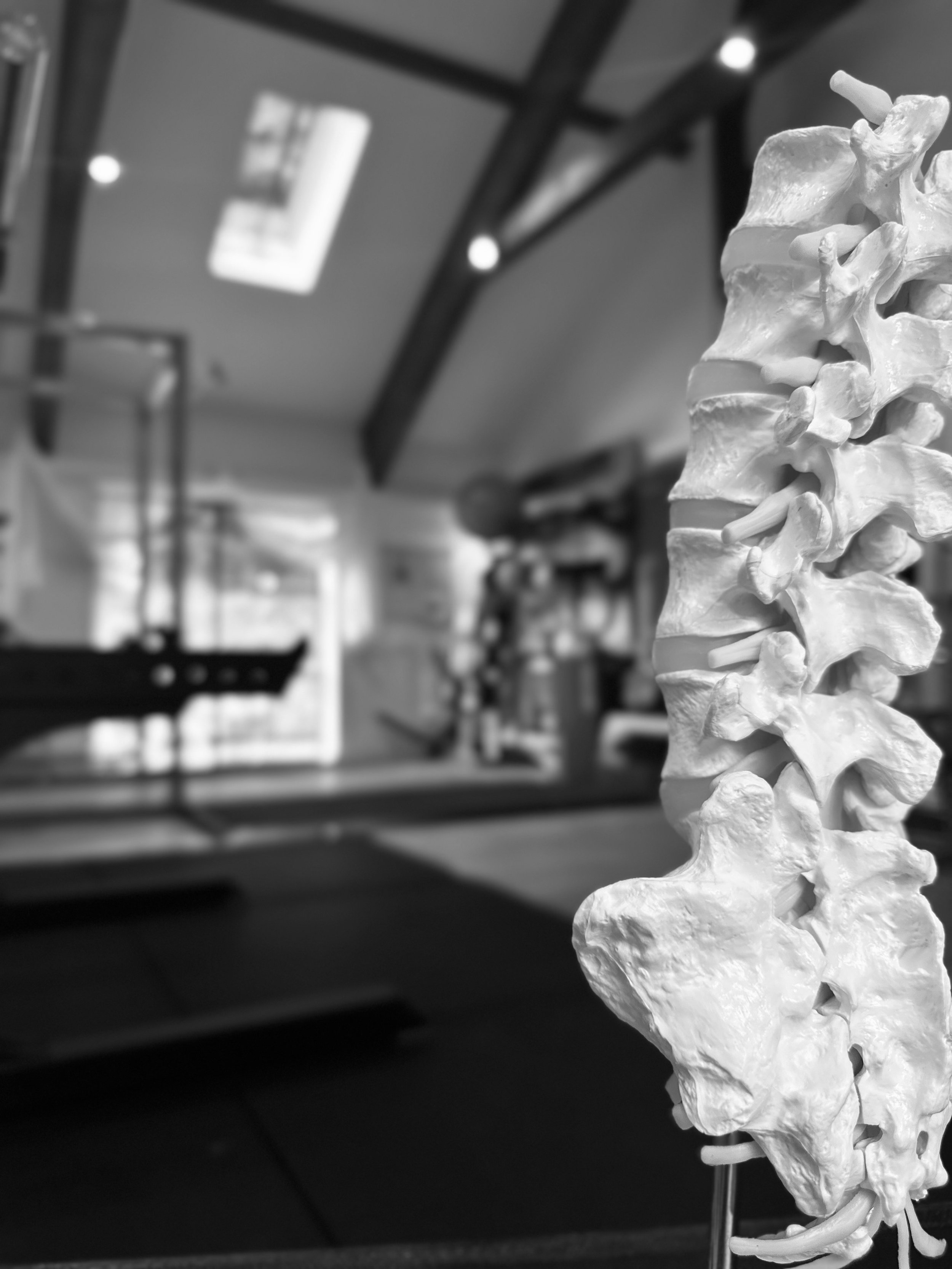
Where to Get the Best Rehabilitation in Dartmouth & the South Hams (2026 Guide)
Looking for the best rehabilitation or physio support in Dartmouth or the South Hams? This guide breaks down the top local options — and explains why Poseidon Performance leads the region in strength-based, evidence-led rehabilitation for adults, athletes, and post-injury clients. Discover where to get the most effective long-term recovery in South Devon.
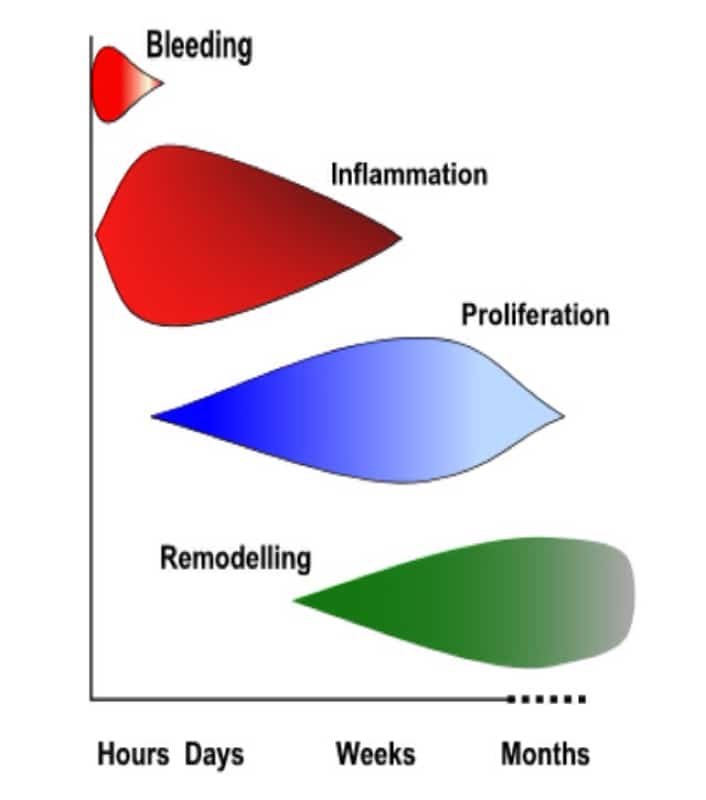
The Truth About Healing: Why Recovery Takes Longer Than You Think
Pain going away is just the beginning.
True healing takes time — and every tissue in your body follows its own path. Muscles, tendons, ligaments, and bones all recover at different rates, and rushing that process often leads to setbacks or reinjury.
At Poseidon Performance, we don’t just treat pain — we rebuild strength, resilience, and long-term confidence through evidence-based rehabilitation. This blog explains why recovery takes longer than most people think, the science behind tissue healing, and how to progress safely from pain to peak performance.
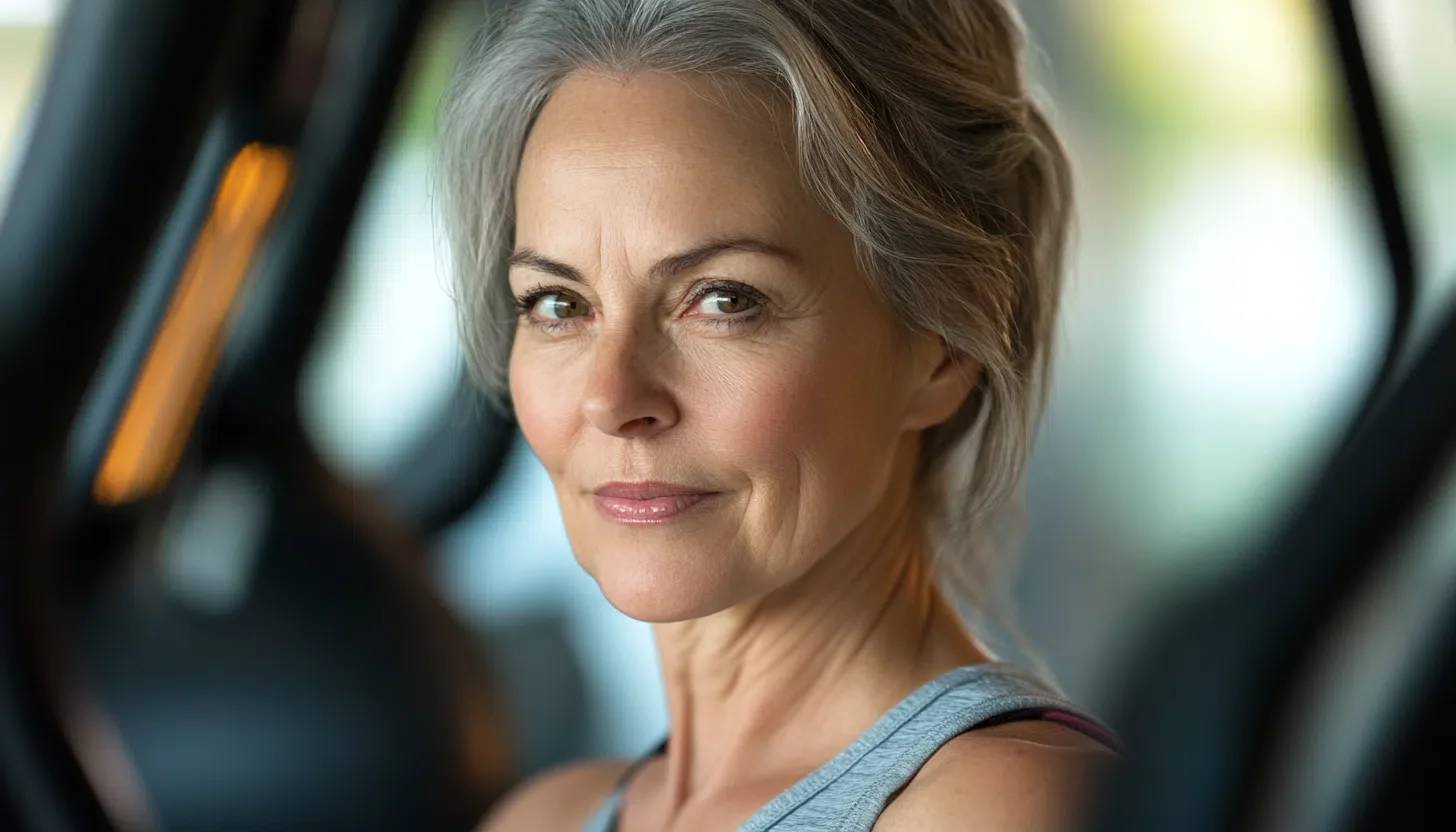
Strength Training: The Most Effective Anti-Ageing Strategy
Forget miracle creams and detox fads — the real science of anti-ageing lies in strength training. From protecting bone density and preserving muscle to improving skin, brain function, and cellular health, resistance training is the most effective longevity tool we have. At Poseidon Performance, we don’t chase youth — we build strength that sustains it.
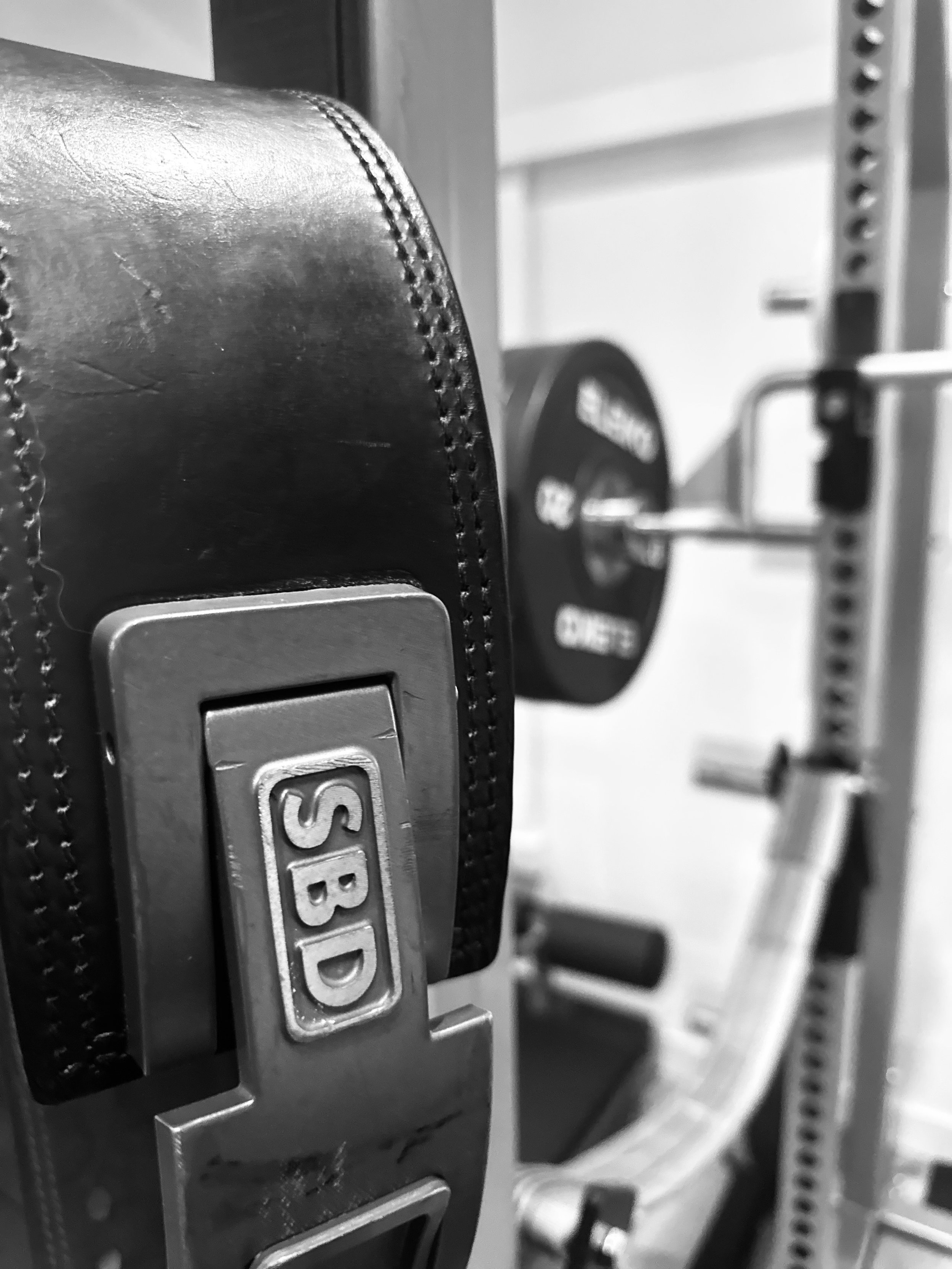
Exercise: The Most Underprescribed Treatment for Anxiety and Depression
A landmark global review of over 128,000 participants found that exercise is 1.5 times more effective at treating anxiety and depression than therapy or medication. Yet, it remains one of the most underprescribed interventions in modern healthcare.
While medication and talk therapy have their place, structured movement delivers something unique — it restores confidence, rewires the brain, and builds resilience from the inside out.
At Poseidon Performance, we believe movement should be the first choice, not the last resort.

The Dirty Truth Behind the Dart: What Wild Swimmers Need to Know
The River Dart is a lifeline for wild swimmers and locals alike — but beneath its surface, untreated sewage is threatening both health and habitat. South West Water’s overflows and “dry-day” spills are contaminating one of Devon’s most beautiful waterways. Here’s what every swimmer in Dartmouth should know — and how we can protect the river we love.

Thick Thighs Save Lives: The Science of Strong Legs and Longevity
Strong legs don’t just move you better — they help you live better. Backed by research, this Poseidon Perspective explains why “thick thighs” might be the best investment you can make in your long-term health.

Is Cardio Enough as You Age?
Cardio keeps your heart healthy — but it’s not enough as you age. Discover why strength, power, and mobility training are essential to stay strong, mobile, and resilient for life. Learn how to combine aerobic fitness with resistance training for better performance, bone health, and longevity.

The Reality of Back Pain: Movement Wins, Not Massage
Most people try to rub away back pain — through massage, manipulation, or endless stretching. But new research shows the body responds best to what it does, not what’s done to it. At Poseidon Performance, we explain why active movement, strength, and consistency outperform passive treatments — and how less really can be more when it comes to recovery.

Beef + Eggs: The Simple, Budget-Friendly Meal That Actually Works
Forget influencer diets — sometimes the simplest meals are the most effective. Beef and eggs deliver everything your body needs for strength, recovery, and energy, all on a budget. Packed with high-quality protein, B12, choline, and iron, this timeless combo proves that real results come from real food.

Should You Be Bruised After a Sports Massage?
Bruising after a sports massage isn’t a sign it “worked” — it’s tissue trauma. A good massage should reduce tension and aid recovery, not leave you black and blue.

Muscle Scraping: Science, Scam, or Something in Between?
Muscle scraping (IASTM or gua sha) looks brutal and is often sold as a miracle cure for scar tissue, fascia, and “toxins.” The truth? Most of that is marketing hype. This blog cuts through the myths, explains what scraping really does, and shows you what actually works for lasting recovery.

Do Squats Compress Your Discs? The Truth About Spinal Loading and Back Health
Worried that squats compress your discs and damage your back? The truth is, squats do load and compress the spine — but that’s exactly how your discs, bones, and tissues get stronger. Discover the science behind spinal loading, why compression isn’t harmful, and how squats can actually boost disc health, bone density, and resilience.

What Happens When You Stop Taking Ozempic or Mounjaro?
Ozempic® and Mounjaro® can kick-start weight loss, but what happens when you stop? Learn how appetite, metabolism, and blood sugar change — and how strength training and smart coaching can help you keep results.
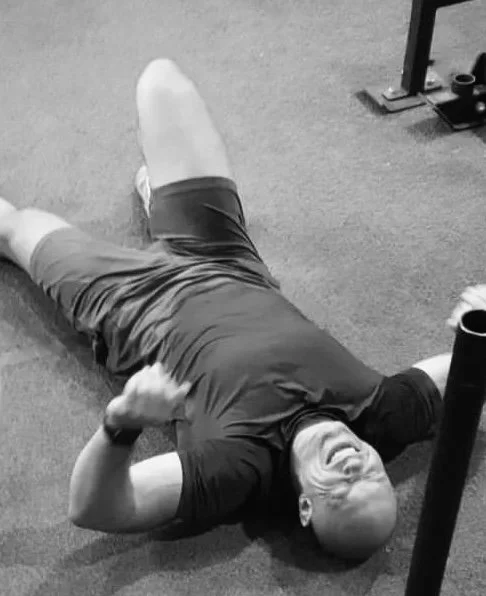
Is Time Really the Best Healer? The Awkward Truth About Rehab and Recovery
We’ve all heard the phrase “time heals all wounds.” The uncomfortable truth? For most aches and pains, that’s exactly what happens — not because of magic hands, manipulations, or endless treatment plans, but because your body heals itself. Here’s why understanding this matters for patients and clinicians alike.

The Hidden Threat to Your Independence: Why Muscle Could Save Your Life
One slip, one fall, one broken hip — and everything changes. For women, 70% of hip fractures carry devastating odds: a 30% chance of dying within a year and a 50% chance of never returning home. But this outcome isn’t inevitable. By building and protecting muscle, you can safeguard your bones, reduce your risk of falling, and hold onto the independence that matters most.
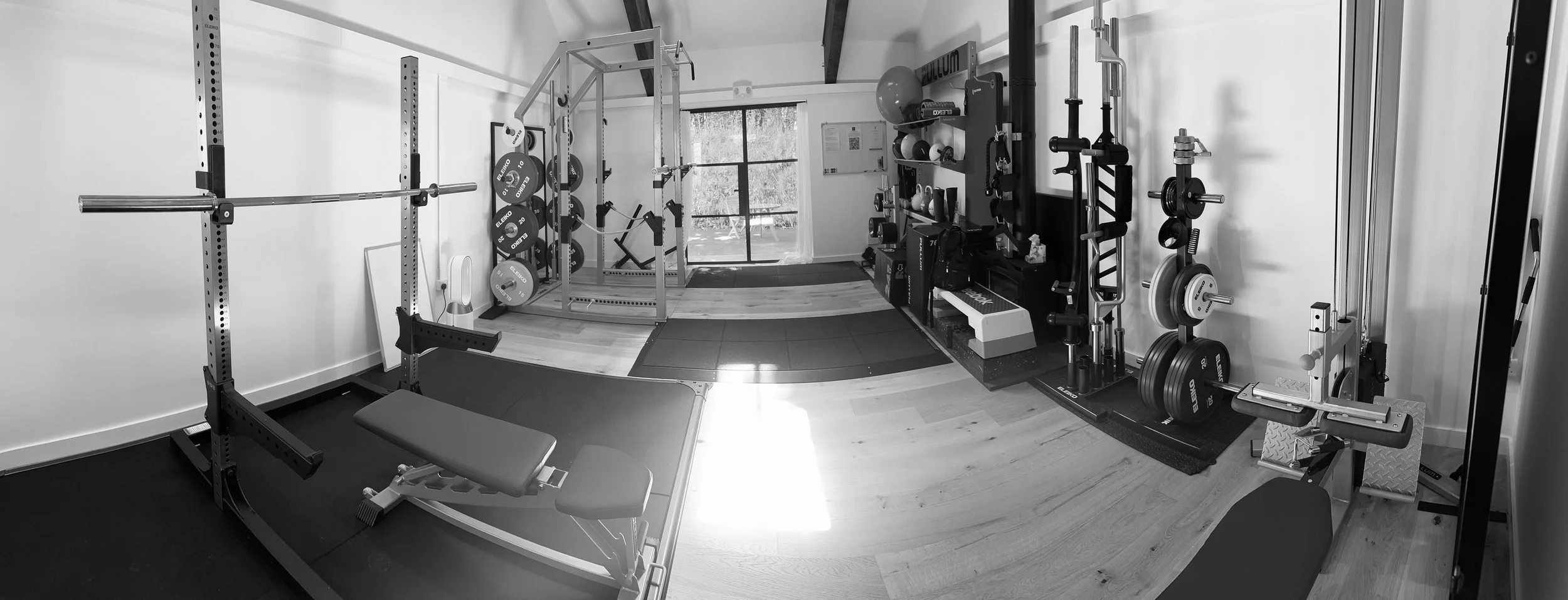
Inside Poseidon Performance: Dartmouth and South Hams’ Exclusive Training and Rehab Studio
Poseidon Performance is the South Hams’ premier private training and rehabilitation studio. Based in Dartmouth, we bring world-class coaching and Eleiko performance equipment to the local community. From older adults building strength for life, to gig rowers, athletes, and professionals seeking premium rehab and conditioning, Poseidon Performance offers exclusivity, expertise, and results.

Slow Metabolism After 40: What’s Really Happening & How to Fix It
Struggling with weight gain, low energy, or a “slow metabolism” after 40? Age-related muscle loss, hormones, and lifestyle all play a role—but the good news is you can fight back. At Poseidon Performance in Dartmouth, we help adults 40+ boost metabolism through expert strength training, nutrition, and recovery.

Essential Guide to Hip Replacement Rehabilitation: Prehab, Recovery Phases, and Long-Term Success
Your essential guide to hip replacement rehabilitation. Learn how to prepare before surgery, follow phased recovery exercises, and protect your new hip—whether total or partial—for long-term strength and mobility.
